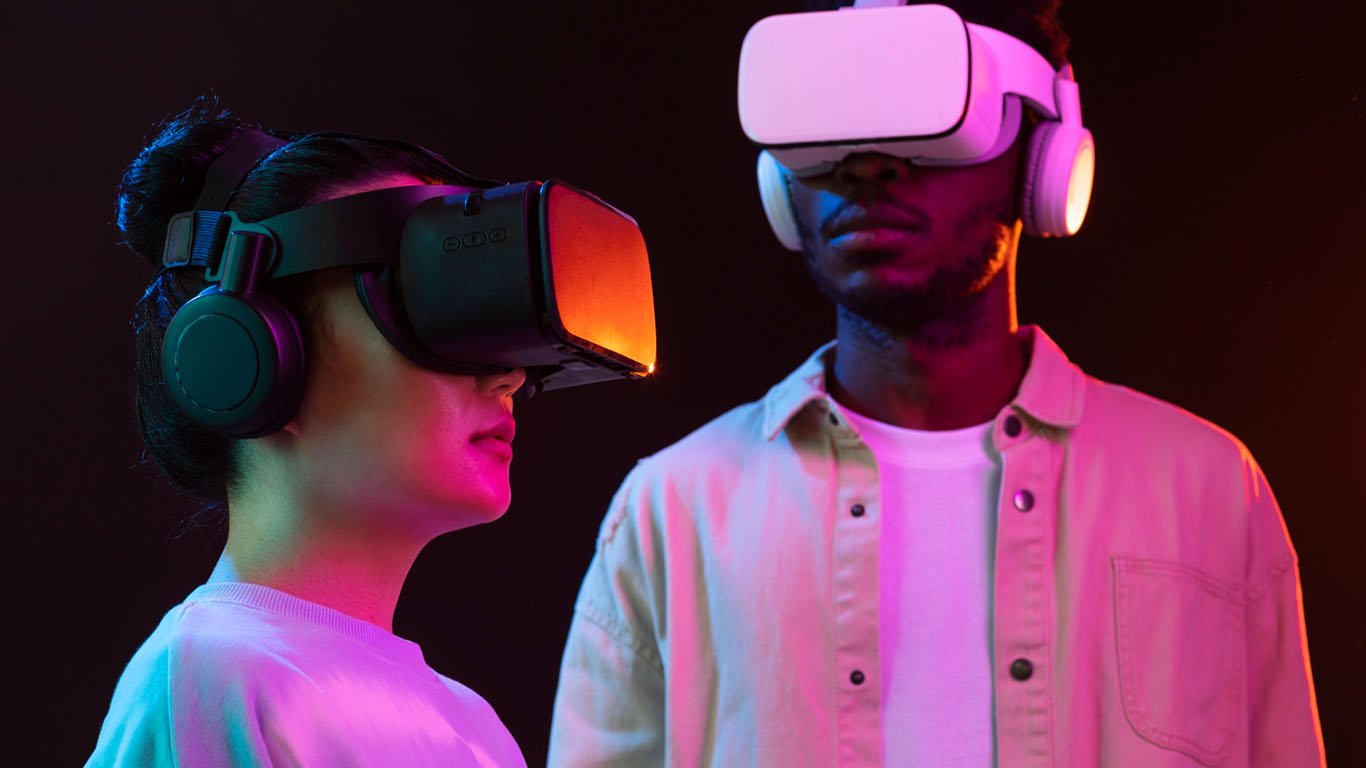The entertainment landscape is undergoing a seismic shift. What was once a passive experience—sitting in a theater, watching television, or listening to music—is rapidly evolving into something far more engaging and immersive. The rise of interactive and immersive entertainment is not just a trend; it’s a fundamental reimagining of how audiences connect with stories, art, and experiences. This new wave of entertainment blurs the lines between viewer and participant, offering more dynamic, memorable, and personalized engagements.
From Watching to Participating
Traditional media formats present content in a one-way flow: creators produce, and audiences consume. However, the modern audience craves interaction and control. Technologies such as virtual reality (VR), augmented reality (AR), and extended reality (XR) are transforming users from passive observers into active participants. VR games like Beat Saber or platforms like Meta’s Horizon Worlds allow people to step inside digital environments and interact with characters, objects, and other users in real time.
This participatory shift extends to storytelling as well. Choose-your-own-adventure films—like Netflix’s Black Mirror: Bandersnatch—let viewers decide the narrative’s direction, creating a unique viewing experience that differs with each playthrough. These interactive formats heighten engagement and emotional investment, forging a deeper connection between the audience and the story.
Immersive Experiences in Real Life
While digital platforms play a significant role, immersive entertainment isn’t limited to screens. Live, location-based experiences are also growing in popularity. Immersive theater productions like Sleep No More in New York City invite audiences to explore and interact with performers in a free-roaming environment. Likewise, escape rooms, interactive museum exhibits, and themed installations like Meow Wolf in the U.S. blend storytelling, art, and interactivity into physical spaces.
These experiences tap into the human desire for exploration and novelty. They offer a break from the everyday, allowing people to step into new worlds—whether fantastical or realistic—and feel like part of the action.
Gaming as a Central Force
Interactive entertainment owes much of its momentum to the gaming industry. Video games have long been at the forefront of immersive engagement, combining narrative, interactivity, and emotional resonance. Today’s games, especially with the rise of open-world formats and multiplayer experiences, offer incredibly rich environments where players can shape their own journeys.
Moreover, the boundaries between games and other entertainment forms are dissolving. Concerts inside games like Fortnite, where artists such as Travis Scott and Ariana Grande have performed virtual shows, highlight how games can serve as platforms for broader cultural events.
The Role of Technology
Technological advancements are the backbone of this immersive revolution. High-powered processors, improved graphics, motion tracking, and haptic feedback systems allow creators to build increasingly realistic and responsive experiences. AR-enabled smartphones, wearable devices, and spatial audio are making immersive entertainment more accessible to everyday users.
AI also plays a growing role—enabling smarter NPCs (non-player characters), real-time content adaptation, and personalized experiences based on user behavior. As these technologies mature, they’ll unlock even more potential for creative expression and audience immersion.
Challenges and Considerations
As with any innovation, immersive entertainment brings challenges. These include ensuring accessibility, managing data privacy in interactive systems, and maintaining user safety in virtual or augmented environments. Additionally, creators must balance interactivity with narrative cohesion—a difficult task when users have the freedom to explore and alter storylines.
Nevertheless, the potential for positive transformation is immense. Educational content, virtual tourism, and therapeutic applications are already leveraging immersive techniques to engage people in meaningful ways beyond traditional entertainment.
Conclusion
Entertainment is no longer just something we watch—it’s something we enter, influence, and remember. As immersive and interactive experiences continue to evolve, they are redefining what it means to be entertained. Whether through VR, live interaction, or narrative games, the future promises entertainment that’s more engaging, personalized, and unforgettable. The screen, it seems, is only the beginning.
